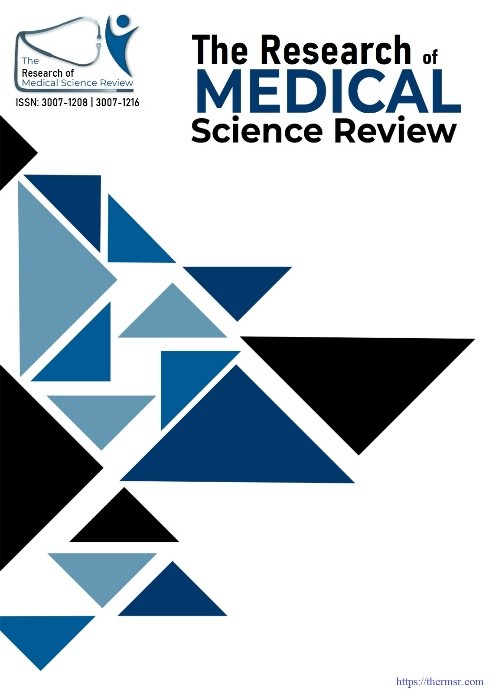DETECTION OF ANTIBACTERIAL AND ANTIFUNGAL ACTIVITY OF EPHEDRA PROCERA IN DISTRICT HARNAI, BALOCHISTAN, PAKISTAN
Main Article Content
Abstract
Background: Traditional medicines such as Ephedra procera have been in use by the medical fraternity since centuries especially in the developing part of the world such as Baluchistan, Pakistan. As the antimicrobial resistance increased, it is important to investigate the natural antimicrobial agents. E. proceri has been reported to possess the following bioactive compounds phenolics, flavonoids and alkaloid which possess antibacterial, antifungal activities. Objectives: The aim of the study was to investigate the antibacterial and antifungal properties of E. proceri ethanolic extracts to Staphylococcus aureus, Escherichia coli and Candida albicans, and to determine the bioactive compounds causing these activities by FTIR of the active test compounds. Methods: Aerial portions of E proceri were sampled mechanically one a month in January to March 2025 in District Harnail, Baluchistan. Solvent extraction was used to extract ethanolic extracts, after which rotary evaporator was used to concentrate the extracts. Antimicrobial activity was determined by disc diffusion method in Brain Heart Infusion Agar in case of bacteria and Saburou dextrose agar in case of fungi. Functional groups in the extracts were determined by FTIR spectroscopy. Results: The ethanolic extract showed strong antibacterial activity against S. aureus (19.2 mm inhibition zone), E. coli (18 mm) and moderate activity against C. albicans (16 mm), and weaker activity against none. FTIR analysis revealed phenolics (O-H stretching at 3245.71 cm⁻¹), flavonoids (C=C stretching at 1606.31 cm⁻¹), and aliphatic compounds (C-H stretching at 2973.43 cm⁻¹), likely contributing to antimicrobial effects. Conclusion: The ephedra derivative (Ephedra procera) had significant antimicrobial activity particularly with Staphylococcus aureus and E. coli. FTIR reinforced active compounds, justifying its traditional use and its potential as a natural source of antimicrobial that is worth studying.
Downloads
Article Details
Section

This work is licensed under a Creative Commons Attribution-NonCommercial-NoDerivatives 4.0 International License.
